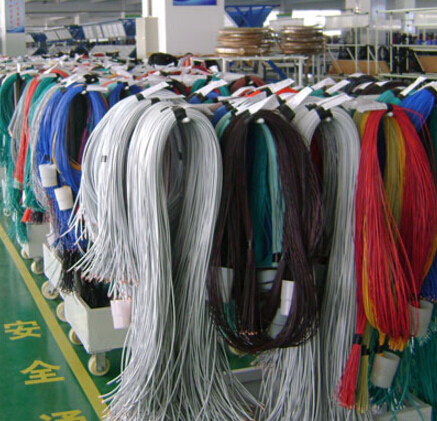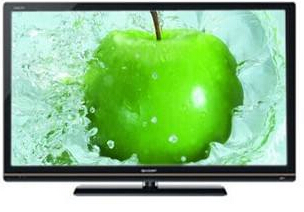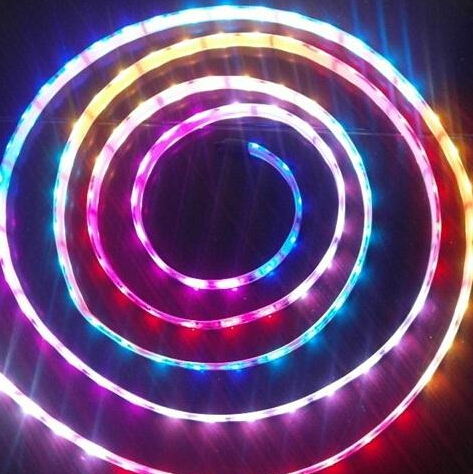Smart TV is becoming more advanced and intelligent with the advancement and development of technology. People's attention to health has also increased with the advancement of technology. Many TVs have become the selling point of the market in order to prevent blue-eye care. It has become the consideration factor for many families with children. Among them, OLED and LED technology are the most concerned.
LED (Light EmitTIng Diode), a semiconductor solid-state light-emitting device, uses a solid semiconductor chip as a light-emitting material. When a forward voltage is applied to both ends, carriers in the semiconductor recombine to cause photon emission. Produce light. The LED can directly emit red, yellow, blue, green, cyan, orange, purple, and white light.
OLED (Organic Light-EmitTIng Diode) is literally understood as "organic light emitting diode". The biggest difference between it and LCD is the "self-illumination" property. The components of organic light-emitting semiconductors can "self-illuminate" and do not require the support of "backlight".

the difference:
1. OLED TV and LED TV light source are different, OLED organic self-luminous, LED itself does not emit light.
2, OLED black is more pure, the color gamut is wider, this black is called the black level.
Because the OLED has the characteristics of electro-luminescence, each pixel can emit light independently, and the light source can be controlled spontaneously. As long as the illumination mechanism is turned off, it can bring true black.
Therefore, it is impossible to cause light leakage under the black field, thereby improving contrast and image quality. Therefore, for those gamers who are pursuing the ultimate experience and substitution, only OLED TV can meet their needs.
LCDs generally achieve black performance by shielding white light, so it is very difficult to display true black. Strictly speaking, LCD TVs can't bring real black. After all, the shadowing effect is good, there will still be some light leakage.
In addition, because the OLED is self-illuminating close to natural light, it is less harmful to the human eye. The LED display technology will cause some blue-related harm to the eyes, which is not suitable for children to watch for a long time.
3, OLED corresponding time is faster, more than 4000 times more than LED.
The faster the corresponding time, the less likely it is to cause smear. When we usually watch sports, we will inevitably encounter the phenomenon of “afterimage”, which will frequently appear on high-speed moving objects. The phenomenon of the residual image of the LED screen "cannot be eradicated" can only be avoided as much as possible.
The OLED, because of the "self-illumination" property, can directly control the brightness change of the pixel, without the need to deflect the liquid crystal molecules like the LCD. On the expressive power of high-speed dynamic pictures, OLED has a relatively large advantage.
Since 2013, OLED panel technology has gradually matured. From the beginning of positioning high-end, to the current price of people close to the people, the advantages of OLED TV has become more and more obvious. When it beat the traditional CRT and continued to occupy the LCD TV market for nearly 20 years, then the OLED TV must be due to LED TV? The answer to this question is not absolute!
The OLED luminescent material has extremely poor anti-oxidation ability after being energized, and it requires water glass encapsulation. Therefore, an LTPSTFT substrate is required. Therefore, the cost of the OLED large-size TV is relatively high, and it cannot be widely used in a short time.
Moreover, due to the different properties of luminescent materials, the lifetime of OLED panels is also an urgent problem to be solved. It is usually only 5,000 hours, which is lower than the life of the LCD for at least 10,000 hours.
















 RCCN WeChat QrCode
RCCN WeChat QrCode Mobile WebSite
Mobile WebSite







